Respiratory 1
advertisement
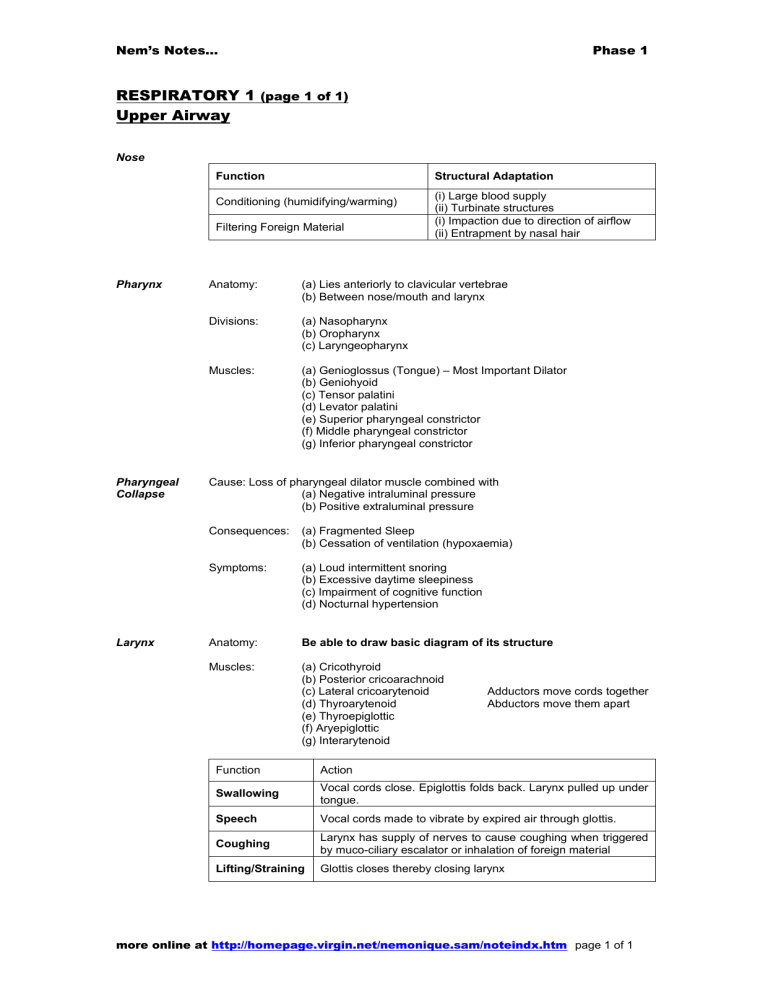
Nem’s Notes… Phase 1 RESPIRATORY 1 (page 1 of 1) Upper Airway Nose Function Structural Adaptation Conditioning (humidifying/warming) Filtering Foreign Material Pharynx Pharyngeal Collapse Larynx (i) Large blood supply (ii) Turbinate structures (i) Impaction due to direction of airflow (ii) Entrapment by nasal hair Anatomy: (a) Lies anteriorly to clavicular vertebrae (b) Between nose/mouth and larynx Divisions: (a) Nasopharynx (b) Oropharynx (c) Laryngeopharynx Muscles: (a) Genioglossus (Tongue) – Most Important Dilator (b) Geniohyoid (c) Tensor palatini (d) Levator palatini (e) Superior pharyngeal constrictor (f) Middle pharyngeal constrictor (g) Inferior pharyngeal constrictor Cause: Loss of pharyngeal dilator muscle combined with (a) Negative intraluminal pressure (b) Positive extraluminal pressure Consequences: (a) Fragmented Sleep (b) Cessation of ventilation (hypoxaemia) Symptoms: (a) Loud intermittent snoring (b) Excessive daytime sleepiness (c) Impairment of cognitive function (d) Nocturnal hypertension Anatomy: Be able to draw basic diagram of its structure Muscles: (a) Cricothyroid (b) Posterior cricoarachnoid (c) Lateral cricoarytenoid (d) Thyroarytenoid (e) Thyroepiglottic (f) Aryepiglottic (g) Interarytenoid Adductors move cords together Abductors move them apart Function Action Swallowing Vocal cords close. Epiglottis folds back. Larynx pulled up under tongue. Speech Vocal cords made to vibrate by expired air through glottis. Coughing Larynx has supply of nerves to cause coughing when triggered by muco-ciliary escalator or inhalation of foreign material Lifting/Straining Glottis closes thereby closing larynx more online at http://homepage.virgin.net/nemonique.sam/noteindx.htm page 1 of 1
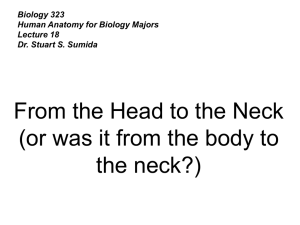
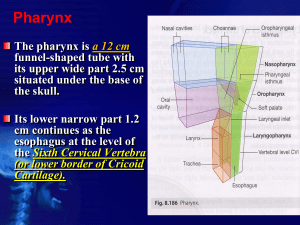
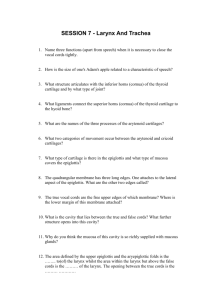
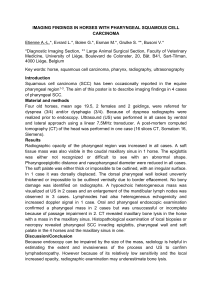
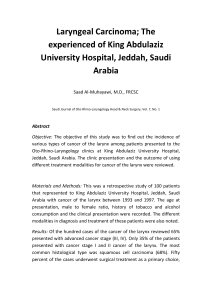
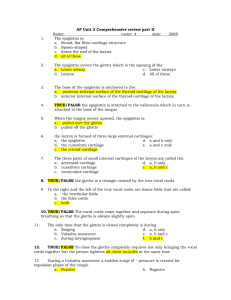


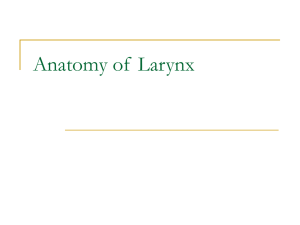
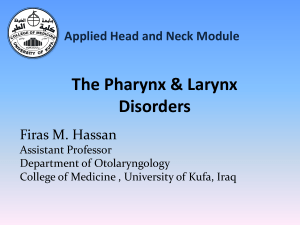

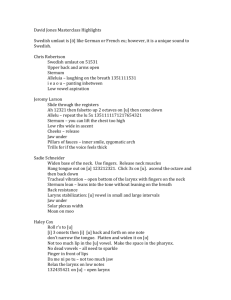
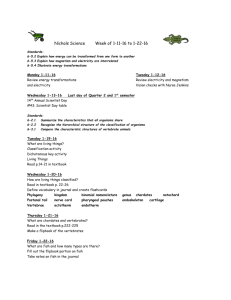
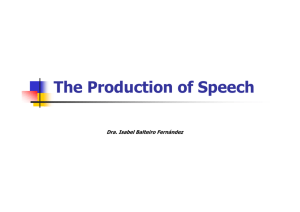
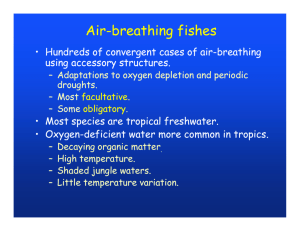
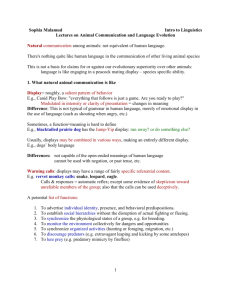
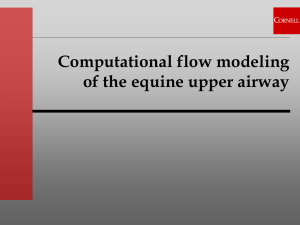

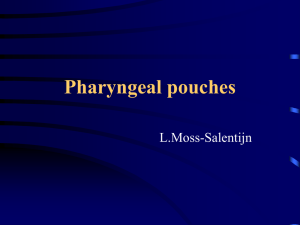
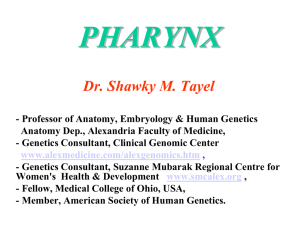
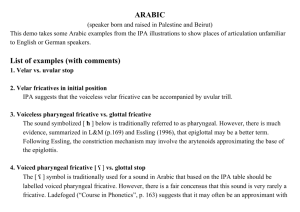
![9.tiny [MConverter.eu]](http://s2.studylib.net/store/data/027300423_1-2cb79bf875642f8b1e01b6983d7e047e-300x300.png)